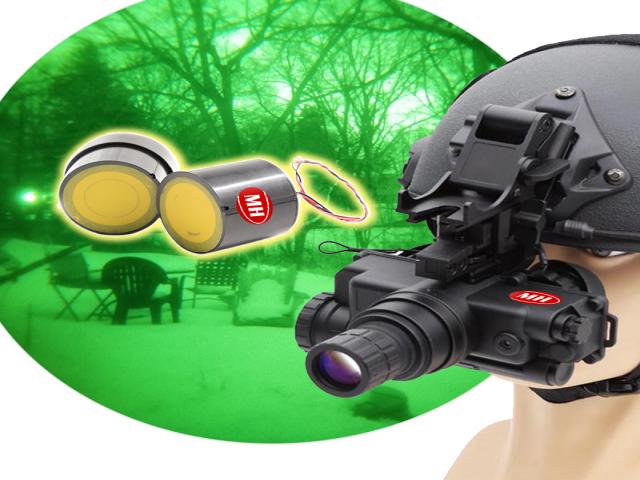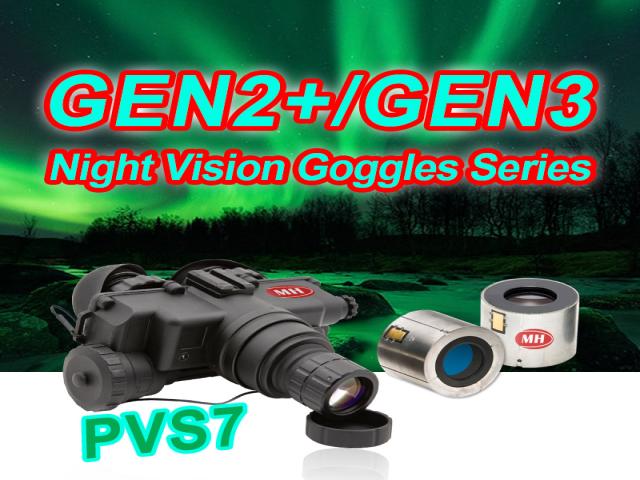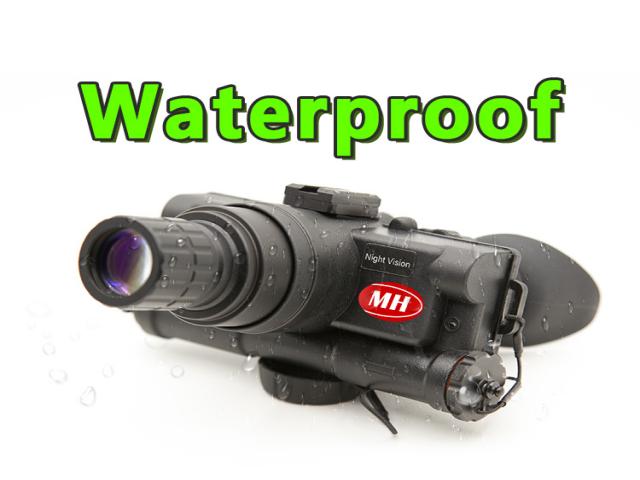
Engineer Manager Name: Jacky
WhatsApp/ Wechat: 0086-187 9245 6795
Email: mh_elec@126.com or jacky@mh-elec.com
Introduction
As a professional factory producing night vision equipment and thermal imaging equipment, we at MH Tech are often asked whether the US military still uses PVS-7 night vision goggles. The PVS-7 has been around since the 1980s and was previously the most widely used night vision device among U.S. hardened forces. In this article I will give a brief history of the PVS-7, see if it is still in use, and compare it to our newer night vision technology and other night vision products.

A Brief History of the PVS-7
The PVS-7 night vision goggle was first fielded in 1987. Manufactured by Litton Industries, the lightweight passive device gave US forces unprecedented 24-hour operational capability. During night missions, the PVS-7 intensified ambient light so soldiers could see in the dark. The device quickly became standard issue for US ground forces.
The PVS-7 saw extensive use during the Gulf War in 1990-91. It allowed coalition forces to conduct combined arms maneuvers and decimate Iraqi forces at night. The PVS-7 gave US troops a major tactical advantage and changed the face of modern warfare.

Declining Use in Recent Years
Throughout the 1990s and into the 2000s, the PVS-7 remained the primary night vision device for most US ground forces. But with the start of the Global War on Terror in 2001, the PVS-7 started to show some limitations compared to newer technology.
The conflicts in Iraq and Afghanistan highlighted the PVS-7's shortcomings. Its bulky design made weapon sighting difficult. Its light intensification tubes also required more ambient light than some emerging technologies.

So while special operations units continued using the tried-and-true PVS-7, conventional ground forces started phasing it out in favor of newer night vision optics. Most frontline units now use devices like the AN/PVS-14, AN/PVS-15, and AN/PVS-31A.

Conclusion
In summary, while the PVS-7 is no longer the primary night vision device for most US forces, it still maintains a niche role in certain units and applications. Its lower cost and proven design keep it relevant for select missions. However, newer night vision systems outpace the PVS-7 in several performance categories. So looking ahead, advanced optics will likely continue displacing the PVS-7 from frontline use as their capabilities improve. But the PVS-7 helped revolutionize modern warfare and remains a useful tool over 30 years after its introduction.
If you don’t want to choose these products, we also recommend you to buy our PVS14, PVS31 or GPNVG, there is always one suitable for you.
https://youtu.be/YKLXTs1-fhg?si=cQRRTpwvyC64SS19
https://youtu.be/WWYY1MSMwA0?si=0sgQD-FtPCo20WcX
Engineer Manager Name: Jacky
WhatsApp/ Wechat: 0086-187 9245 6795
Email: mh_elec@126.com or jacky@mh-elec.com
